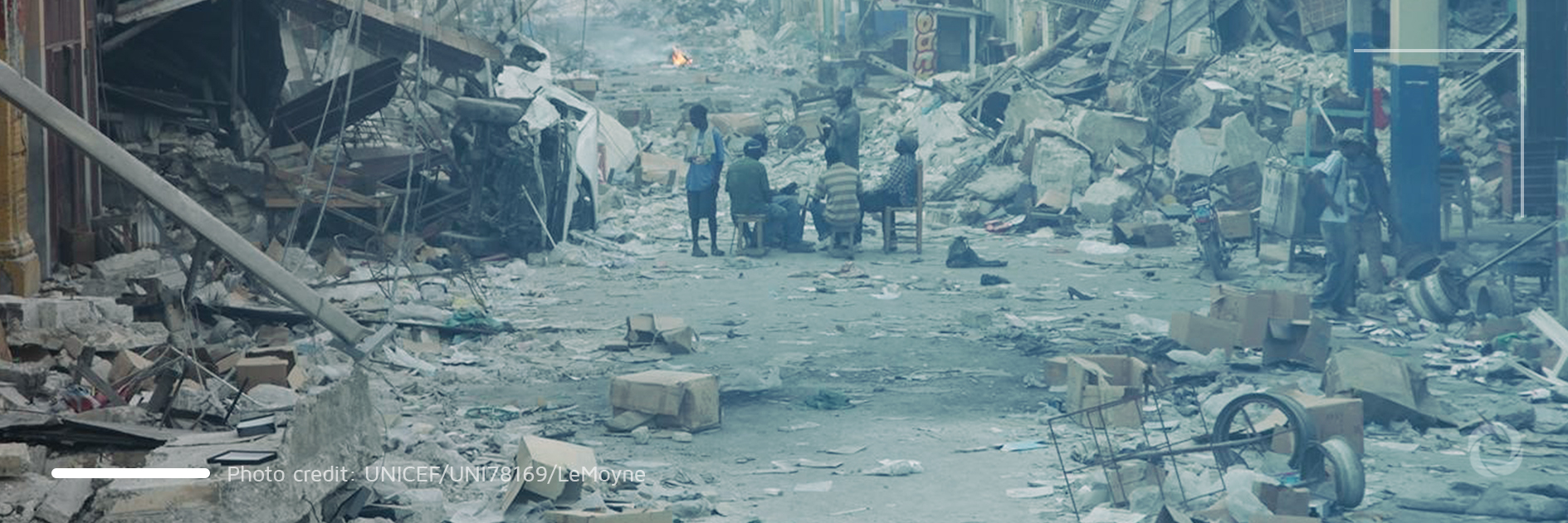Hit by a powerful earthquake, Haiti has been struggling to help those in need which is estimated to be 680,000 but aid groups have reported problems in reaching these people because shortly after the earthquake, the country was hit by a devastating tropical storm.
Killing over 2,200 people and injuring more than 12,000, the earthquake has simply served to deteriorate the ongoing humanitarian crisis in this Caribbean state.
Extent of damage
The earthquake of 7.2 magnitude occurred on Saturday 14 August and hit southern areas of the island such as Grand’Anse and Nippes. The worst damage was recorded in the cities of Les Cayes, Jérémie, and Anse à Veaux. It is estimated that around 53,000 houses have been totally destroyed and over 62,800 damaged. The earthquake also severely damaged the crucial infrastructure on the island including hospitals, schools, and roads. Then, just two days after the earthquake, tropical storm Grace hit Haiti causing floods and mudslides and hindering the work of aid groups.

Outcomes
The recent disaster has only worsened the already poor living conditions in Haiti. People affected by the earthquake are in urgent need of food, water, sanitation, and medical care. Nadesha Mijoba of the Haitian Health Foundation told the BBC that the worst was still to come.
“We are preparing for a public health disaster. The sanitation situation is quite critical… it is our hope that we don’t have an outbreak of cholera,” she stated.
Amina Mohammed, the United Nations Deputy Secretary-General, was the first prominent international figure to visit Haiti after the disaster, assessing that the situation as “dire and tragic” adding:
“To see so many babies, so much trauma, with women and with elderly people. We need for the community, the international community, to get behind the Haitian government and people to recover as soon as we can.”

Aid needed
According to preliminary estimates from UNICEF, about US$15 million is needed to meet basic life-saving operations in the first four to eight weeks following the disaster.
Relief workers are having trouble reaching those people impacted by the disaster as roads have become impassible. Another problem is the activities of armed gangs. In the capital of Port-au-Prince two doctors have been kidnapped and a local charity, Food for the Poor, confirmed that four of its trucks had been attacked in the areas of Duchity, Katuche, and Camp-Perrin.
As a response, the U.S. has sent a rescue team from USAID (the US Agency for International Development) and the amphibious transport dock ship, USS Arlington, to provide medical care as there is a surgical team on board the ship. The U.S. Coast Guard has also started to evacuate the most critical injured Haitians and Haiti has also received support thanks to three army ships from the Dominican Republic.
During a special meeting of the Organization of American States, it was decided that Haiti would receive US$40 million of financial relief from the Caribbean Catastrophe Risk Insurance Facility. Other aid organizations — including Swiss Humanitarian Aid, Medic Corps, Samaritan’s Purse and the United Nation’s World Food Program, the International Organization for Migration, and UNICEF are also on the ground delivering the most urgent help. UNICEF has been able to ship 9.7 tonnes of medical, water, and hygiene supplies.


